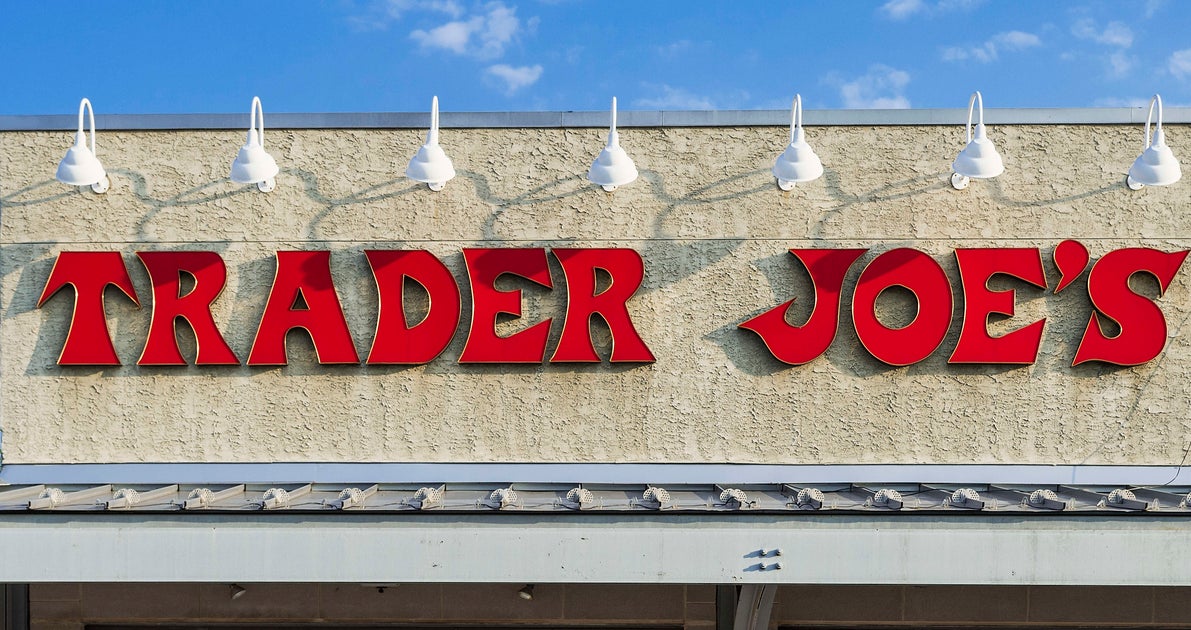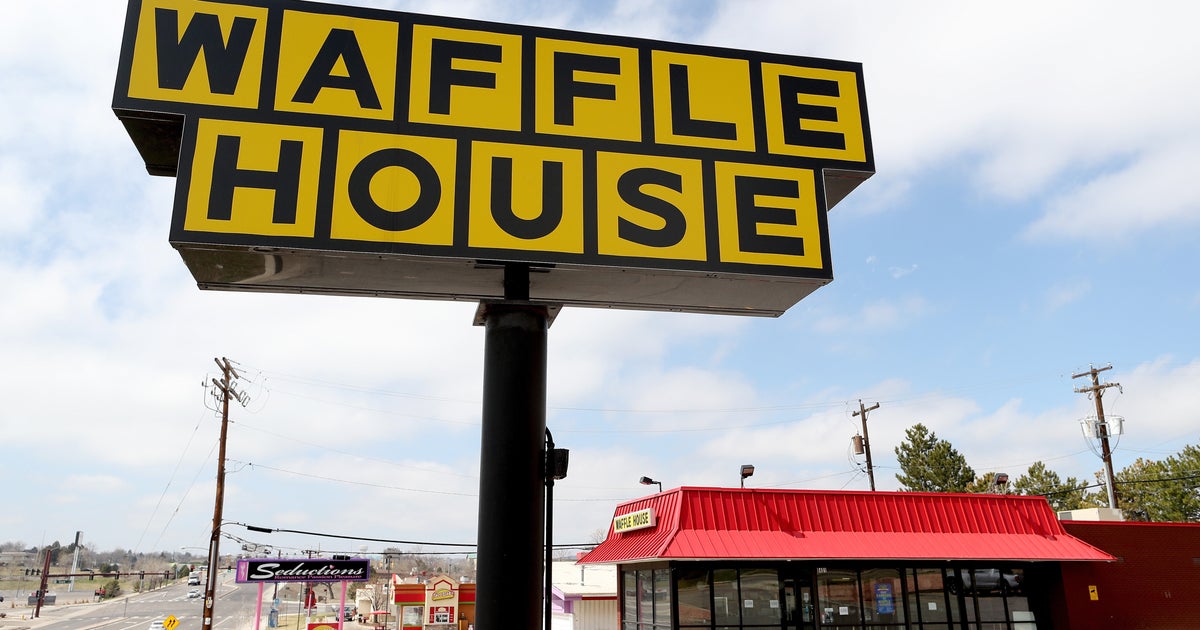Types of Roofing Materials
When you live in an area that is prone to extreme weather, you want to ensure your roof can withstand it. That means that you need to choose a Roofing Companies In Barrie material that is durable, can protect your home from the elements and keep your utilities costs low. Here are four types of roofing materials that you should consider.
Polystyrene insulation: Expanded and extruded polystyrene (EPS and XPS) are common plastic foam insulations used in flat roofs. These insulations should always be separated from steel roof decks by a fire separation layer, and should never come into contact with PVC membranes, as the latter will leach the plasticizers out of the polystyrene. A gypsum board, plywood or oriented strand board cover board is typically placed over the primary insulation. These cover boards are often specified to provide improved physical characteristics such as fire, compressive resistance and vapor retardancy (the International Building Code requires a vapor retarder with all foam insulations except polyisocyanurate).
Ethylene Propylene Diene Monomer (EPDM): EPDM sheets have excellent durability for commercial roofs. They are resistant to UV radiation and resist most greases, oils and solvents. A properly constructed EPDM system will provide 30 years of service life.

What Types of Roofing Materials Do You Recommend for Barries Climate?
Modified Bitumen (MB): MB roof systems are composed of a base sheet, an interply sheet and a cap sheet. These roof systems are generally used on low-sloped buildings with shallower slopes and can withstand heavy loads. MB membranes are available with or without a vapor retarder.
Thermoplastic polyolefin (TPO): TPO membranes are relatively new to the Barrie Roofing market and have gone through several reformulations in recent years. These membranes are very popular for new and existing flat roofs due to their cost-efficiency, durability and ease of installation. TPO membranes are not a good choice for steep slopes, as they can be susceptible to surface cracking.
PVC Membrane: Thermoplastic Vinyl Chloride (PVC) and PVC alloys are highly durable single-ply roof membranes. They are resistant to ozone, UV radiation and most chemicals. PVC is also a good choice for low-sloped roofs because it can withstand the expansion and contraction that occurs with hot climates.
Blown-in Insulation: The most common blown-in insulation is fiberglass. Mineral wool and cellulose (recycled newsprint) are also available. If cellulose is selected, it should be treated for mold and fire resistance.
Nail Base: Nail base insulation is a product that consists of a primary insulation such as EPS or XPS laminated to a secondary insulation, such as OSB or plywood. Some products include a ventilation cavity between the primary insulation and the secondary insulation. Nail base insulation should be checked to ensure that it has sufficient compressive strength and shear strength for the anticipated loads in the roof.
There are many different kinds of insulation that can be installed in a wood frame roof, but the best type for this region is usually blown-in fiberglass. This is because this material is lightweight and it has a high fire resistance.



